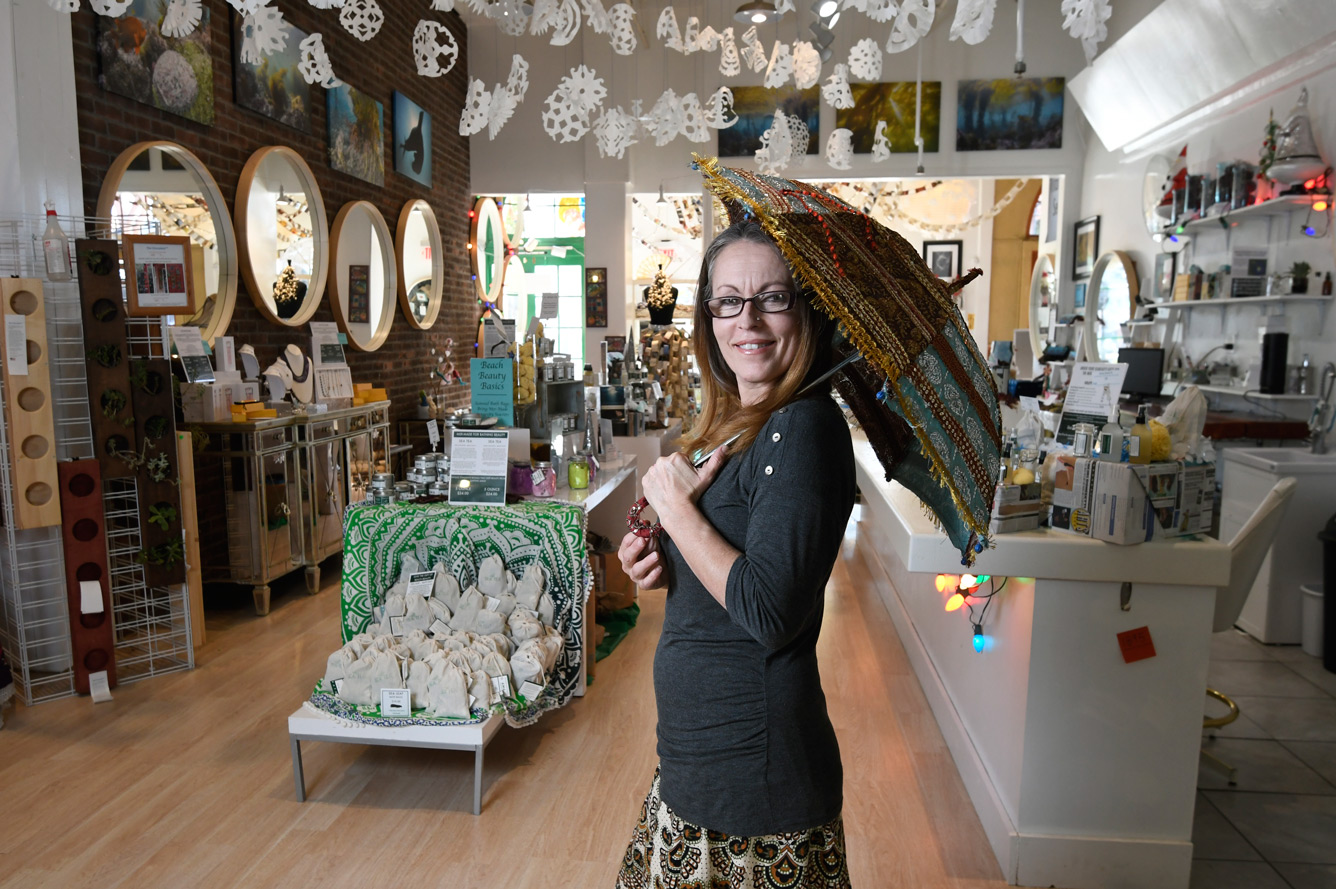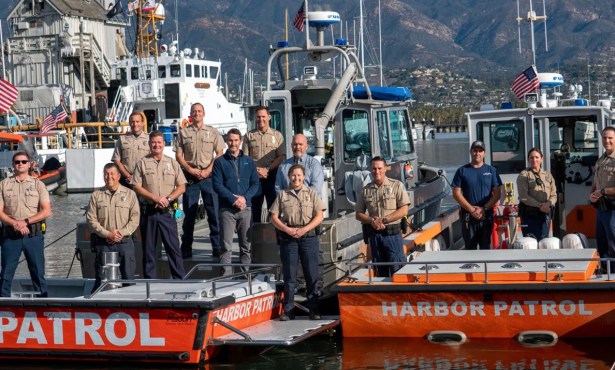Ama Sea Beauty Blooms Local Seaweed Skincare
Products Use Local Kelp for Handmade Skincare
“Every single day, Mother Nature throws on the beach everything we need for food, beauty, and medicine,” says Antoinette Marquez, the founder of Ama Sea Beauty. “[The ocean] is our amniotic fluid, and we are meant to be in it.” Ama Sea Beauty offers a line of mineral-rich skin care, including a cleanser, algae oil, serum, toner, and salt scrubs made from wild local kelp based on the practice of thalassotherapy, which involves a system of ocean-based healing for coastal dwellers. It incorporates things like seaweed baths, ocean swimming, eating kelp, and breathing ocean air as part of a natural health and beauty routine.
Marquez recently hired a new business partner, Mark Sherman, who helps expand her market and scale up. For now, she prepares each batch by hand out of a working space she shares with Pacific Pickle Works in downtown Santa Barbara. “Not a single piece of machinery touched this to have it made,” she said of her products. Marquez said that Ama is the first American seaweed skincare line made from American seaweed and not from imported extracts. She personally hand-harvests all her own wild kelp in what she calls a sustainable manner. “It’s just like picking roses,” she said. “We’re just going to pick a few of the finest pieces and then leave the rest in the ocean.”

Ocean health is important to Marquez, and she has goals that dive deeper than Ama Sea Beauty. “We are an ocean conservation company that decided to develop a beauty product, rather than a beauty company that dabbles in ocean conservation,” explained Marquez. Her vision is of growing kelp sustainably and commercially in a sea farm, but she realized a viable path to getting there was with a product.
Marquez says sustainable kelp farming is key to healthier food and beauty products, but she also believes that kelp farming is essential for replenishing the ocean. “El Niño was a fire in our ocean, and it decimated our kelp bed,” she said, likening it to California’s recent wildfires and forest damage. “And just like there’s soil erosion, we also have sand shift and non-native species. As it is on the land, so it is in the ocean.”
She and her husband, Daniel Marquez, took over the only available kelp sea farm lease in the Santa Barbara Channel, which was originally established as a kelp research plot. They are now entangled in a lengthy permitting process with the Coastal Commission and other state regulators who find themselves in mostly uncharted waters when it comes to kelp-farming permits. As the first of its kind on the California coast, it has garnered national coverage and a slew of interest from across the country. “Everyone is really curious about it,” Marquez said.
For more information, visit amaseabeauty.com.



